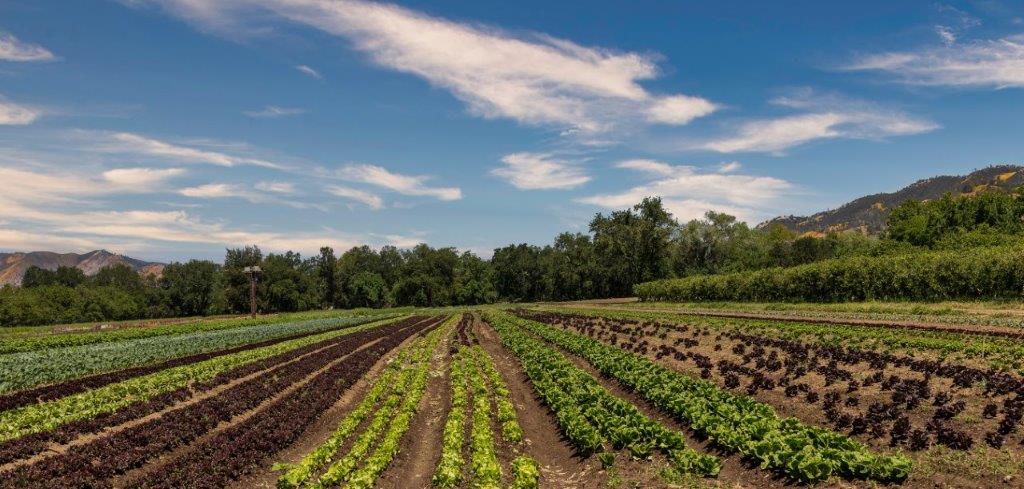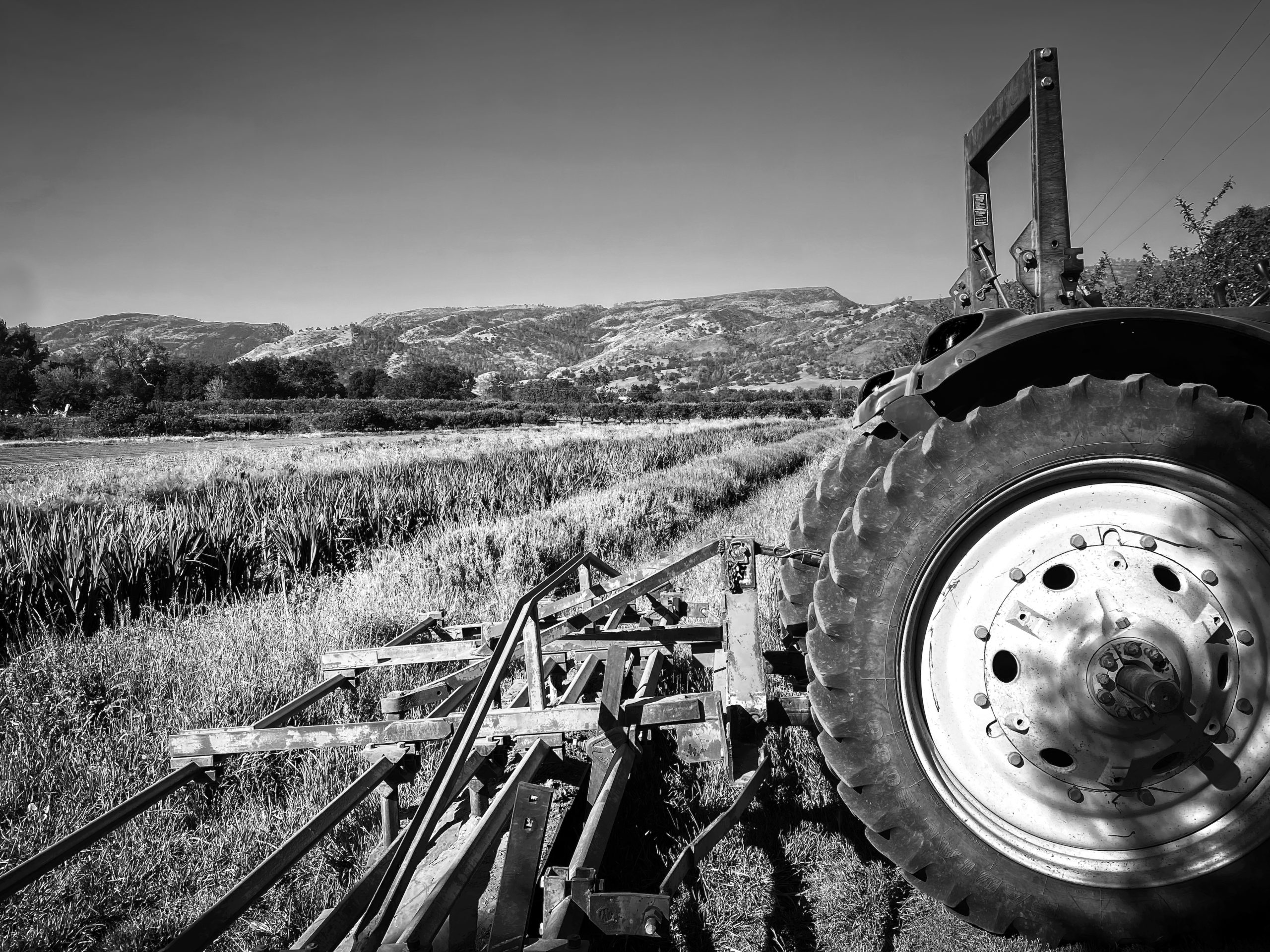
Among all the good things that happened last week, as well as the mundane, and some “milestones” (on Wednesday we had our first 99 degree day), we also had two power outages. The one Tuesday was relatively brief, just a few hours in the morning, while the one on Thursday started in early afternoon and we didn’t get power back until 11am on Friday. Neither were Public Safety Power Shutoffs; both were caused by cars colliding with power poles at the entrance to the Capay Valley, cutting off electricity to the entire Valley.
Losing power is never ideal for any home or business, but in our neck of the woods, it can be deadly as most properties in the Capay Valley loose access to water. Without electricity, our pumps can’t function, whether taking surface water from the creek or groundwater, which is a problem in a fire. Even in the absence of a fire, limited access to water and power has serious financial implications; we need to keep crops in the field alive, to cool and wash harvested produce, and to keep frozen and cooled produce, meat, and other value-added produce cold. Our options to get water (and electricity) are solar powered pumps, a solar array with storage capacity, or generators. We have a solar pump, but not at the main property where most of our crops are, including at the shop where we wash most produce before packing. While the roof of the shop is covered in solar panels, they’re connected to the grid, not to onsite storage. So in moments, like these, we rely on generators and have to make some tough decisions about what gets power.
We now have a permanent generator connected to the office, so communication for sales and CSA wasn’t interrupted. We moved a generator to the shop to power our coolers, potato and carrot washing machines, and main washing stations. We don’t have enough generator capacity to maintain all shop functions, but had enough to get the essential things done: cooling and washing produce and keeping things cold. Many fields that we planned to water sat dry until the power returned. It was warm, but fortunately was not as hot as it’ll be in summer. Adding to the stress were the 40-mile per hour winds; they slowed down the PG&E repair time, and increased the need to get water to the plants, especially some new transplants.
Farming is always a complex optimization game that necessitates creating several contingency plans for every possible situation. The history of the Farm has been one of continual adaptation and investment in our resiliency so that we can bounce back from challenges; recent investments include a 2,000 gallon mobile water tank for fire suppression (if necessary) and the generator for the office, and more are in our future. Investments in our resiliency to power outages, climate change and market volatilities also include our care for soil health, biodiversity, and diversified crop mix and sales channels. These investments, especially in infrastructure are expensive, and are even more challenging for smaller farms as one our neighbors outlined in 2019. We need bigger changes, not just actions by individual farms and houses. If power lines were buried, then we would (presumably) experience fewer, or no, outages from drivers colliding with polls or from high winds. PG&E has committed to burying more than 10,000 miles of power lines, starting with 175 miles this year with a total of 3,600 miles by 2026. That can’t come soon enough. In the meantime, we are grateful that it wasn’t even hotter, that the outage wasn’t for longer, we have generators, and that there wasn’t any fire.
And we’re grateful for support from our community. Amid the stress and bad mood from the wind and lack of power, we received a few particularly lovely emails from CSA members including compliments on the cabbage, purple potatoes, lettuce, and flowers, some photos and paintings from recent guests with the Yolo Arts Art and Ag Program (I’m sharing two this week, from Laura Berard above and Patrick Cosgrove below, and will share more in the future). These greatly improved my mood and helped me remember the bigger picture of what we do and why. Included in those emails was a lovely letter from a CSA member who is leaving the CSA as she moves out of the area into a retirement community that I wanted to share:
I believe I began getting my boxes from Full Belly in 2004. I don’t exaggerate when I say it has been a life-changing habit. First of all, the superior freshness and seasonality of the fruit and vegetables have been a major contributor to a healthy diet. My skill as a cook blossomed and I learned to love so many items that were new to me. The joy of the first tomato or asparagus or other delights cannot be overstated.
During the darkest months of the pandemic, when I had to seriously shelter in place because I am very high risk for COVID, picking up my box was the one outing I did all week. Looking forward to delicious food kept me grounded in all the uncertainty.
I will miss all the tasty treats from Guinda. Many thanks to all of you.
– Elaine Swiedler, CSA Manager

